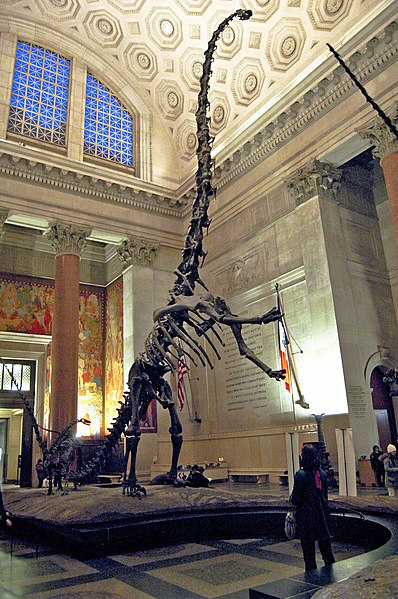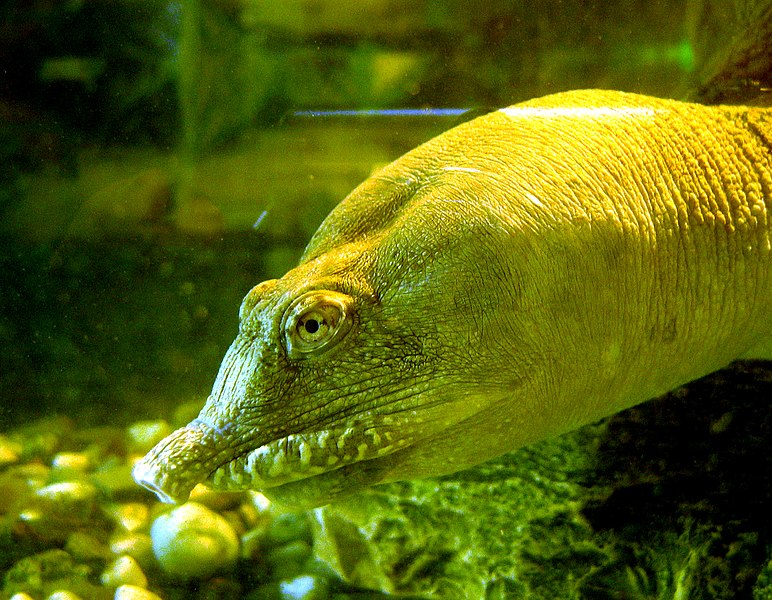Pythons and boas bear small spurs, used by males during courtship, near the cloaca (please see photo). These vestigial legs provide us with evidence that snakes may once have walked about on 4 limbs, but until recently we could only speculate as to further details. However, new technology has now enabled us to fill in some of the blanks, and may offer insights into other creatures that seem to be “losing their legs”, such as Worm Lizards and Sirens.
Snake Ancestors
Utilizing a developing technology known as Synchrotron-Radiation Computed Laminography, researchers at the Paris Museum of Natural History were able to microscopically examine snake fossils in new detail. They concluded that swimming or burrowing lizards were the most likely ancestors of modern-day snakes. Read More »
 That Reptile Blog – Reptile, Amphibian and Exotic Pet Care and Information
That Reptile Blog – Reptile, Amphibian and Exotic Pet Care and Information



